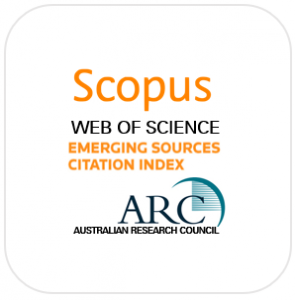ABSTRACT
In the past decade, cross-strait relations between mainland China and Taiwan have witnessed significant changes. These are not just superficial differences but also deep-seated structural shifts. Amid global crises and uncertainties in production, supplies, and innovation, the structural impact of deteriorating cross-strait relations has been profound. The United States (US) and its allies have closely monitored China’s expanding influence in the broader Asia-Pacific region, driven by their strategic competition and rivalry. At the same time, efforts to promote regional economic integration, as seen in initiatives like the Free Trade Area of the Asia-Pacific (FTAAP) and the Bogor Goals, have consistently shaped the landscape of free and open trade and investment in the region. However, it is essential to acknowledge Taiwan’s unique approach to managing its relations with mainland China, which goes beyond the simplistic dichotomy of “de-risking” and “de-coupling”. As a significant economic player in the Asia-Pacific, characterised by a highly developed economy and extensive trade and investment linkages with regional counterparts, any escalation in military tensions could disrupt existing regional trajectories. Conversely, the security of Taiwan is deeply intertwined with broader security dynamics in the Asia-Pacific, particularly in the face of escalating tensions involving mainland China and key regional stakeholders, including the US, Japan, and South Korea. In this context, this study explores regional instabilities, the dynamics of integration, and the imperatives of “de-risking” within the Asia-Pacific security framework. By examining these aspects, the study aims to illuminate the complex matrix of power and integration, offering insights into the evolving regional dynamics and their implications.
DOWNLOAD

